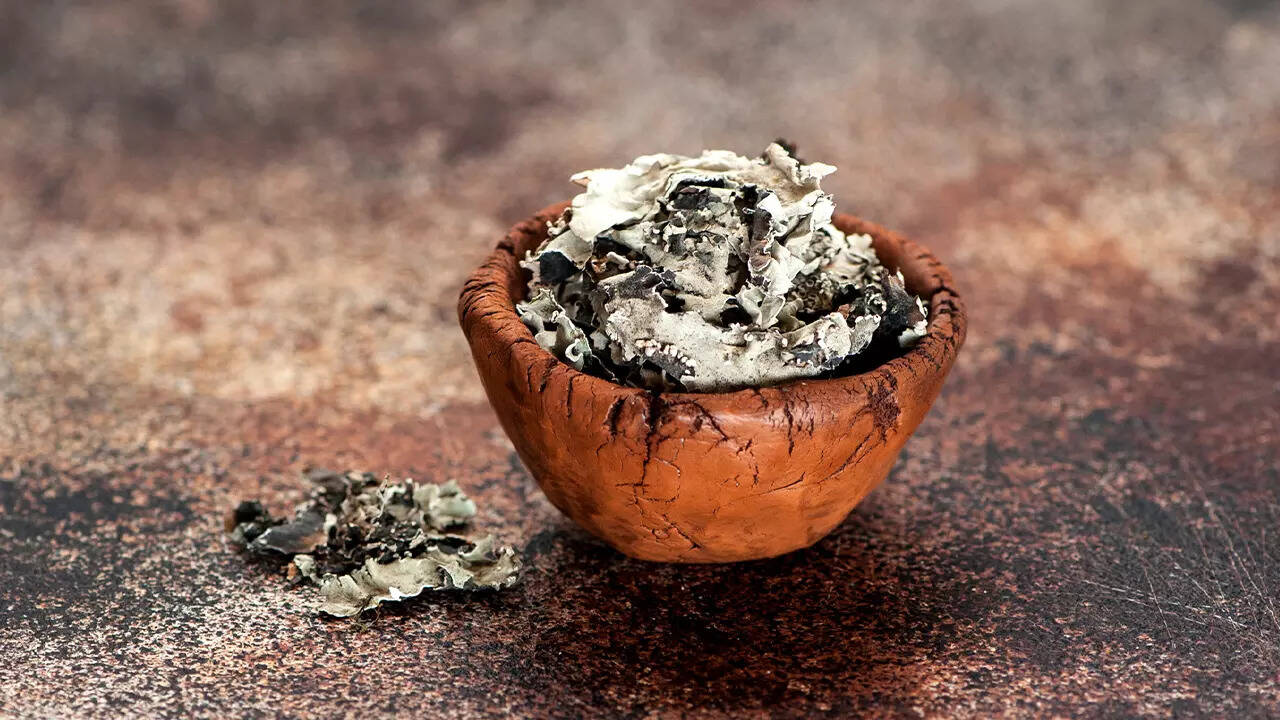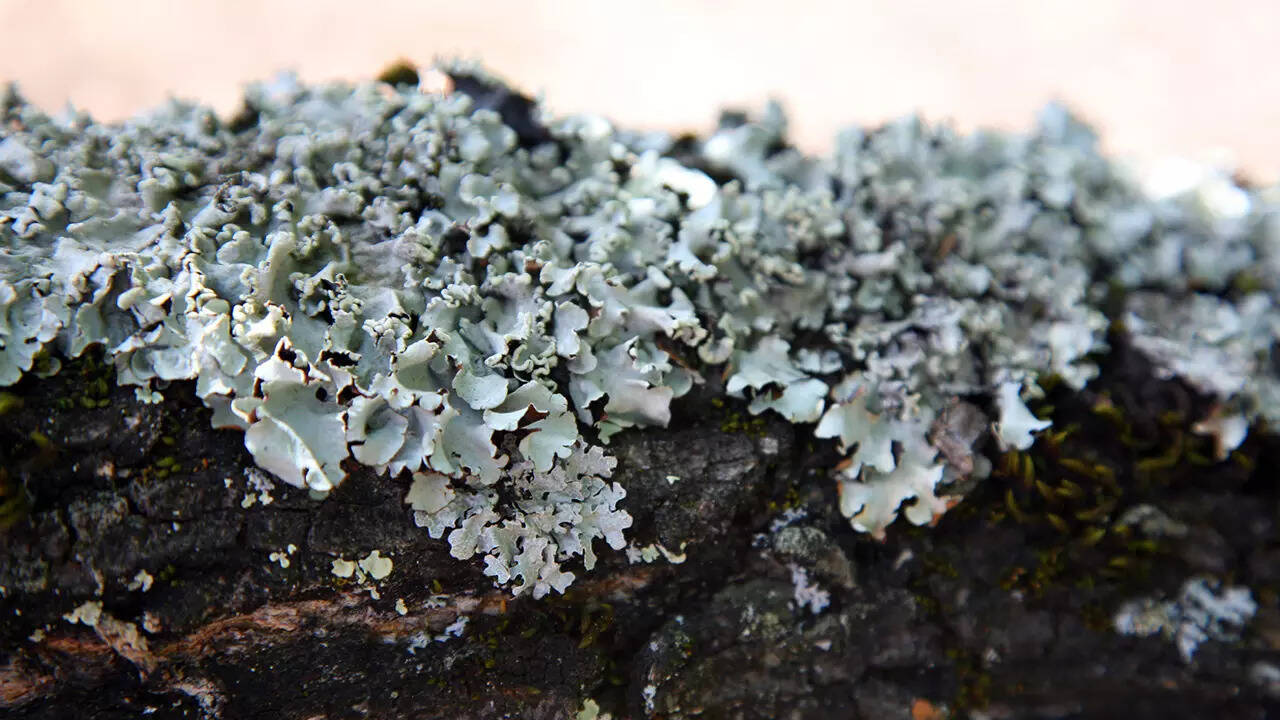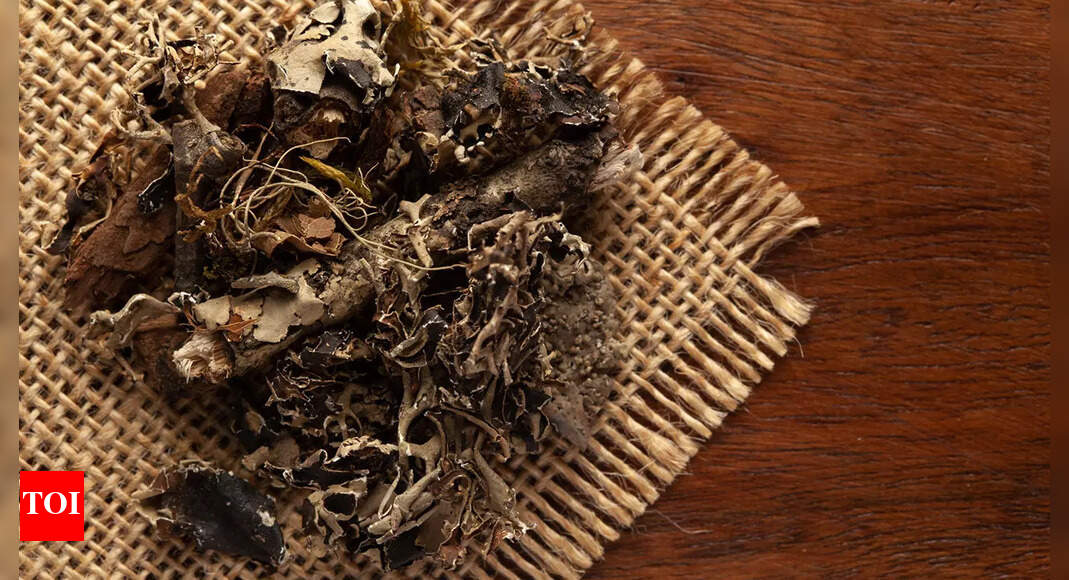Unusual Food: This fungus is added in Biryanis, curries for that special taste – Times of India
“It’s not a disease”, explains Sudheer, who is a well-known planter and spice exporter at Kumily. “This lichen is used in cooking locally and adds to the taste of the food”, he explains. This edible lichen (a type of fungus) grows on trees, rocks and stones.

A secret ingredient of non-vegetarian food
Also known as Black Stone Flower, Kalpasi and Dagad Phool, Parmotrema perlatum as the lichen is scientifically known is often used as a mystery ingredient in Biryanis, Nalli Nihari and several other non-vegetarian dishes. Closely looking at the ingredient list of most curry powder packs one can find the name Kalpasi or Dagar Phool which is an inalienable ingredient of the common curry powder. It is also used in the Maharashtrian Goda Masala and is a dominant ingredient in Chettinad cuisine.
Sniffing at this spice will hardly help you fathom its aroma. It emanates a faint mossy, damp smell-which can be figured out only with a sharp nose. It almost has a flat taste. So why add it to food then? The answer is, the lichen reacts with heat and produces an aroma when mixed with hot oil or ghee in particular. It imparts a distinct, smoky, woody and earthy aroma to food and hence it is often used as a tempering agent like asafetida.

A spice with healing properties
While modern science is yet to awaken to the benefits of this unusual spice, Dagad Phool has been traditionally used to reduce inflammation in the body. It is believed to have anti-viral, anti-fungal, and anti-bacterial properties and is said to relieve pain & reduce fever. It is also used to reduce pimples and acne considering its anti-bacterial and anti-fungal properties. Like Heeng or Asafetida, Kalpasi is added to food not just to enhance its taste but it is also said to aid in better digestion and gives relief from acidity and bloating.
For scrumptious recipes, videos and exciting food news, subscribe to our free
Daily and
Weekly Newsletters.
For all the latest lifestyle News Click Here

